table of contents:
Are you tired of your creations tearing at the slightest wash or their edges fraying miserably? Machine overlocking is the secret of the pros and revolutionizes your finishing thanks to the overlocker. The result: speed, strength and impeccable aesthetics in a single pass .
This technique simultaneously sews and finishes, making it perfect for stretch or stable fabrics. Transform your sewing projects with professional finishes, ideal for cotton t-shirts, leggings, or dresses. Discover how to prevent fraying, tame thin or thick fabrics, and give your clothes a boutique look, even as a beginner.
Machine overlock: the key to professional finishes
Machine overlocking transforms your sewing projects into crisp, durable finishes . In a single pass, it joins fabrics, trims excess edges, and encases them to prevent fraying. It outperforms hand overlocking in its speed and precision, especially on stretchy fabrics like jersey or stretch.
What is an overlock stitch and why is it essential?
The overlock stitch reinforces the strength of seams and the longevity of garments. Essential for warp and weft fabrics (cotton, linen), it preserves the elasticity of the stitches (jersey, lycra) without the risk of breaking when stretched. An overlock machine, with 2 to 4 threads, guarantees superior quality , unlike conventional machines which simulate overlocking via a zigzag stitch, which is less reliable.

The advantages of finishing with an overlocker
The overlocker combines speed, durability, and aesthetics. In less than 15 minutes, it sews a jersey T-shirt with elastic seams. Thanks to its differential feed, it prevents wrinkles on soft fabrics.
It offers a variety of stitches: 4-thread for thick fabrics and rolled for fine fabrics. For best results, choose a polyester thread for stretch fabrics or a fine thread for light silks. Adjust the tension according to your machine's guide for impeccable finishes.
The main types of overlock stitches and their uses
The overlocker offers a variety of stitches suitable for every project. Mastering these options will improve your precision and speed . Each stitch type meets specific needs: strength, a subtle finish, or a decorative touch. Discover which ones to choose based on your fabrics and goals.
Overlock stitches: the most versatile
The 4-thread overlock is ideal for stretch fabrics. With its two needles and two loopers, it sews and overlocks in a single pass. Ideal for jerseys, fleece, or lycra, it guarantees a stretchy and sturdy seam . It's the perfect choice for sportswear or sweatshirts. For example, an organic cotton t-shirt pinned with this stitch remains comfortable and durable.
The 3-thread overlock can be adjusted to a wide or narrower size depending on the needle being pulled out. Used to overlock the edges of warp and weft fabrics (cotton, viscose), it prevents fraying before assembly. Less sturdy for joining two pieces, it remains effective for light finishing touches. For thick fabrics, a wide 3-thread overlock prepares the seam allowances before the straight stitch.
The 2-thread overlock is suitable for very fine or delicate fabrics, such as sheers or linings. It uses a needle and looper to save thread. Note: not all machines offer this option. This stitch is perfect for silk voile projects, where discretion is paramount. However, its limited strength makes it suitable for unstressed seams .
Choose Verotex for your overlockers and discover a level of precision and speed you've never experienced.
Decorative finishes: rolled and flatlock
A rolled hem enhances lightweight fabrics. Using two or three threads, it creates a fine, tight edge that's perfect for silk scarves or dress ruffles. On jerseys, a slight "lettuce roll" effect adds a graphic detail. For a clean result, adjust the thread tension. Too loose a tension will widen the edge, while too tight a tension can cause the fabric to pucker.
The flatlock stitch combines functionality and aesthetics . After sewing, the edges open flat to eliminate raised areas. A must-have for lingerie or sportswear, it offers absolute comfort. With contrasting threads, it becomes a decorative element. For example, dance leggings with silver thread flatlock seams add a modern touch while adapting to movements without irritating the skin.
Here are the different types of overlock stitches and their uses:
- 4-thread overlock : For joining and overlocking knitted fabrics (jersey, sweatshirt).
- 3-thread overlock : For overlocking the edges of warp and weft fabrics (cotton, viscose).
- Rolled hem : For decorative hems on fine fabrics (silk, voile).
- The flatlock stitch : For flat and comfortable seams (sportswear, lingerie).
Each stitch has its role. By combining these options, you can optimize each step of your creations. Test them on fabric scraps to adjust the tension and finish your projects without compromise. For example, for a cotton gauze project, a 3-thread overlock avoids fringes without weighing down the fabric.
With a little experience, your overlocker becomes an essential tool for precision and creativity . And if you're just starting out in sewing , these varied stitches will help you progress quickly while giving a professional look to your creations.

Mastering your overlocker settings for a perfect stitch
To achieve flawless sewing finishes, it's essential to properly adjust your overlocker. Overlock stitches play a central role in the strength and aesthetics of seams . By choosing the right thread and needles, then adjusting tension, differential, and stitch length, you can transform your creations. Here are the essential settings for mastering your machine and achieving a perfectly consistent stitch.
Choosing the right thread and needles
The choice of material determines the quality of your overlock. Opt for special overlock thread in cones: it is finer and more economical. Use it in the needles, while the loopers benefit from foam thread for a soft finish , ideal for lingerie or sportswear. This thread perfectly wraps the edges without stiffness.
For needles, prioritize the ELx705 type, suitable for overlockers. Adapt them to the fabric: stretch/jersey needles for knits and microtex for fine fabrics. A worn needle causes skipped stitches. Therefore, it is necessary to change it regularly to avoid problems.
The winning trio: tension, differential and stitch length
The three key settings guarantee a professional overlock. A balanced tension of the 4 threads (2 needles, 2 loopers) allows for loops that fit together without sticking out . Too loose or too tight a tension spoils the aesthetics and strength.
The feed differential prevents warping . Set to 1, it stabilizes stable fabrics. For jerseys, a differential of 1.3 to 1.5 compensates for stretching. Below 1, it puckers the fabric and is suitable for creating loose edges.
The stitch length (2.5 to 3.5 mm) and its width (adjusted via the knife) determine the density and coverage. A short stitch (1 to 1.5 mm) is suitable for rolled edges , while a long stitch is suitable for classic assemblies.
|
Point type |
Main use |
Recommended basic setting |
|
4-thread overlock |
Assembly of stretch fabrics |
Tensions: 4/4/4/4 | Differential: 1.3-1.5 | Length: 2.5-3.5 mm |
|
3-thread wide overlock |
Finishing medium to heavy fabrics |
Voltages: 4/4/4 | Differential: N (1) | Length: 2.5-3.5 mm |
|
3-thread rolled hem |
Edging of very fine fabrics |
Tensions: 4/7/7 | Differential: N (1) or <1 | Length: 1-1.5 mm (linking finger removed) |
|
3-wire flatlock |
Flat decorative seams |
Voltages: e.g. 1/7/4 | Differential: N (1) | Length: 2.5-3.5 mm |
Note : These settings are guidelines only. Always consult your machine's manual and test on a scrap of your fabric before your final project.
Troubleshooting: Common Overlock Problems and Their Solutions
When sewing, it's not uncommon to encounter problems with overlock stitches: loose threads, uneven seams, or unraveling overlock stitches. These common problems may seem complicated, but there are always simple solutions to restore a clean and solid finish. Here are essential troubleshooting tips to correct your mistakes and ensure perfect finishes with your overlocker.
My overlock isn't perfect: what should I do?
Seam warps or stretches: This often happens with stretchy fabrics like jersey. The differential adjusts the feed dog speed. At 1.5, it compensates for the fabric's elasticity . Always test on a scrap piece before making a final adjustment.
Skipped stitches: Replace a worn or poorly fitted needle with a new one (Stretch type for elastic fabrics). Also check the threading, as an incorrectly positioned thread in the looper can cause skipped stitches. A bent or incorrectly inserted needle is often the culprit.
Thread breaks constantly: Rethread the machine in the correct order: loopers, then needles. Lower the tension of the affected thread by adjusting the appropriate dial. Choose a high-quality polyester thread or a specific overlock thread to reduce breakage . Also check the thread guides, as a stuck thread can cause breakage.
Loops are sticking out: Identify the responsible thread using the colors. Slightly increase the lower looper tension if the loops appear on the wrong side. Conversely, decrease the upper looper tension if the loops are visible on the right side. A test sample helps prevent errors in the final project.
With a Verotex overlocker , you eliminate these problems. Our sewing machines allow you to cut, stitch and overlock in a single pass, saving you valuable time while ensuring perfect quality.
Help, how do you unstitch an overlock?
Unstitching an overlock stitch seems complicated, but here's a tried and true method to avoid damage :
- Use a seam ripper to cut the threads without damaging the fabric. This tool is essential for precise work .
- Locate the needle threads on the right side (two parallel lines). Cut them every 3-4 cm with the seam ripper. This fractional cut prevents the thread from getting caught .
- Turn the fabric inside out. Gently pull the looper threads from the reverse side. They should release effortlessly , especially if the fabric is held flat.
- Remove any remaining needle residue with tweezers. This prevents unsightly threads after repair . For delicate fabrics, work over a padded table to avoid snags.
This technique works on all fabrics, even the most delicate. It allows you to correct a failed seam without damaging the fabric . There's no frustration, just a clean result in minutes. Keep a sample of your previous adjustments to save time on future corrections.

Which overlocker should I choose depending on the stitches I want?
Choosing the right overlocker depends directly on the stitches you want to create. Between 3-, 4-, and 5-thread models, each machine offers options suited to different projects: simple finishes, stretch seams, or sturdy assemblies. To avoid mistakes and find the ideal equipment, it's essential to understand the specifics of each configuration. Here's how to select the overlocker best suited to your needs.
A 3, 4 or 5 thread overlocker: making the right choice for your projects
Thread count determines the stitches available and versatility . A 3/4 count is suitable for 80% of projects, while a 5 count adds coverage, ideal for t-shirt hems.
The 3/4-thread overlocker is economical and allows 4-thread overlocking (elastic assembly on jersey), 3-thread overlocking for edges of thin or thick fabrics and 2/3-thread rolled hems for discreet hems on silk or chiffon. It is sufficient for 90% of occasional seamstresses.
The 5-thread (combination) overlocker is reserved for enthusiasts. In addition to classic stitches, it performs the cover stitch: two straight lines on the right side, an overlock on the reverse. Ideal for sportswear or stretch clothing. However, reconfiguring the machine to switch from overlock to coverlock reduces the time saved. Juki's high-end models justify their price with professional finishes .
Here's how to choose your overlocker according to your needs:
- To start and sew everything: A 4-thread overlocker is perfect and versatile.
- For knitwear : A 4-ply is essential. A 5-ply combination is useful for impeccable hems.
- For very fine fabrics and lingerie : A 4-thread with a 2-thread option and rolled adjustment is recommended.
Before purchasing, assess the percentage of your projects requiring overlap. If less than 20%, a 4-thread is sufficient. Opt for a 5-thread combination only if you regularly hem T-shirts or stretch garments.
Your next steps towards flawless overlocks
You now have all the keys to mastering machine overlocking. Imagine impeccable finishes, strong seams, and unparalleled time savings. The overlocker transforms every sewing project into an accessible success , without technical jargon.
The secret is practice. Test stitches on scraps of fabric: a single adjustment can make all the difference. Don't panic if the first attempt isn't perfect, as each serger has its own personality, and it's through experimentation that you discover it . To take things further, using a Juki sewing machine can also offer precision and reliability, ideal for your most ambitious projects.
The checklist for a successful overlock
For flawless overlock stitches, you must:
- Use suitable needles : stretch for elastic fabrics, microtex for fine fabrics.
- Choose a quality thread, special for overlockers , to avoid breakages.
- Always test your settings (tension, differential) on a piece of fabric .
- Clean and oil the machine after each session to ensure proper operation .
- Experiment: every stitch on your serger opens up creative possibilities .
Ready to take your projects to the next level? Your next creation deserves the perfect finish that only machine overlocking can deliver .
Machine overlocking makes perfect finishes child's play. To succeed, practice without fear, test the settings on scraps of fabric, and follow our checklist : suitable needles, quality thread, regular cleaning. And for reliable and renowned equipment, the models offered by Juki France are a benchmark for discerning seamstresses.

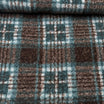
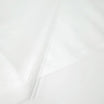

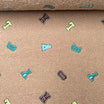
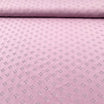
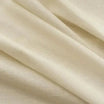
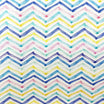




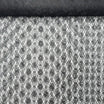
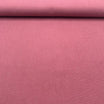
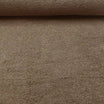

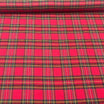

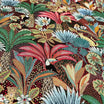
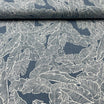

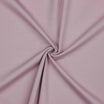
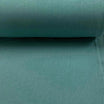
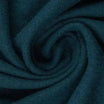
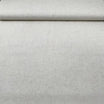

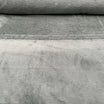
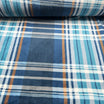
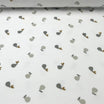
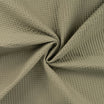


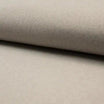
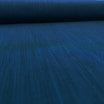

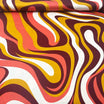

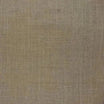
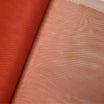
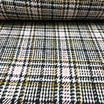
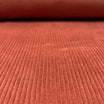
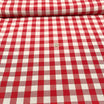
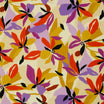
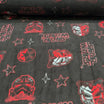
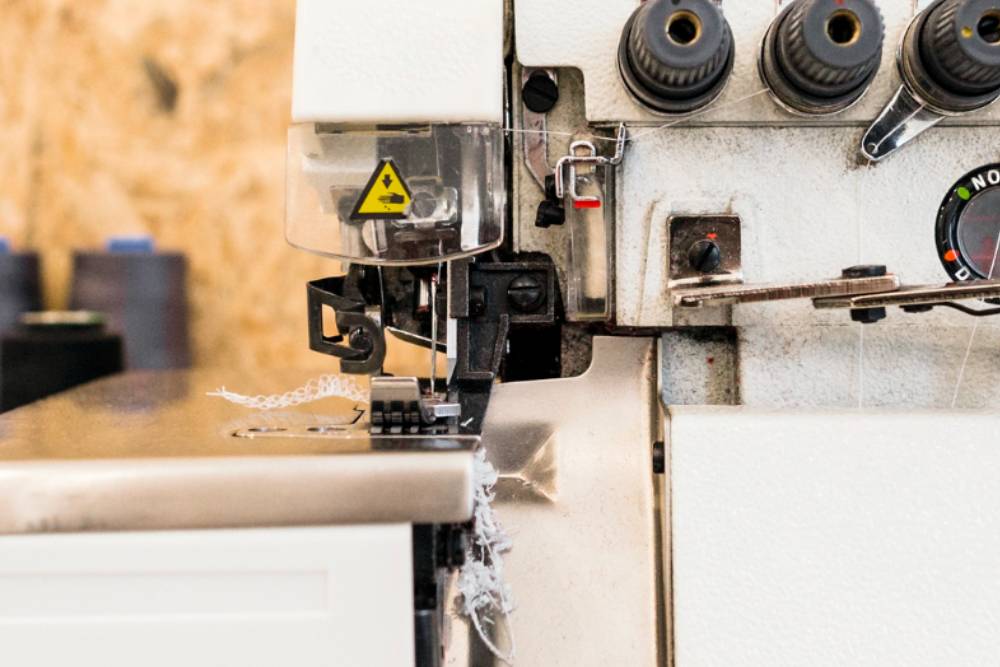
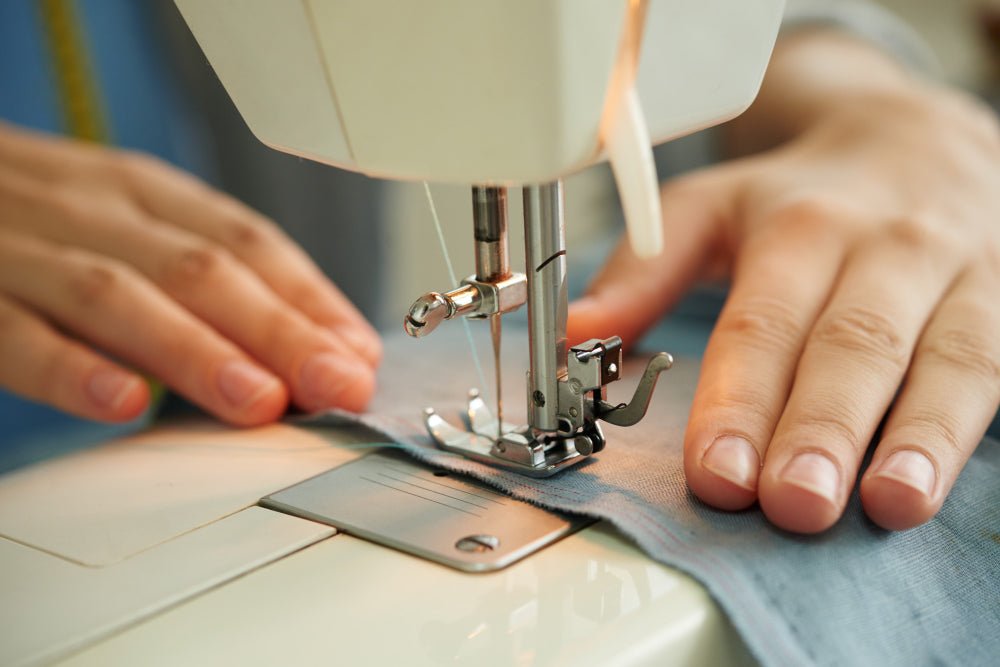
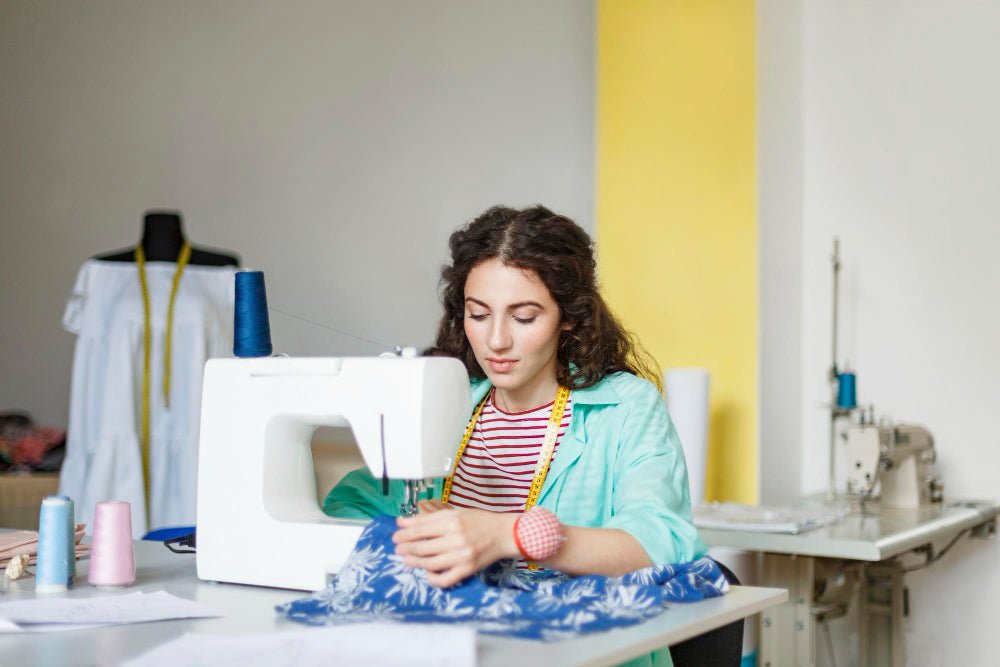
Leave a comment
All comments are moderated before being published.
This site is protected by hCaptcha and the hCaptcha Privacy Policy and Terms of Service apply.